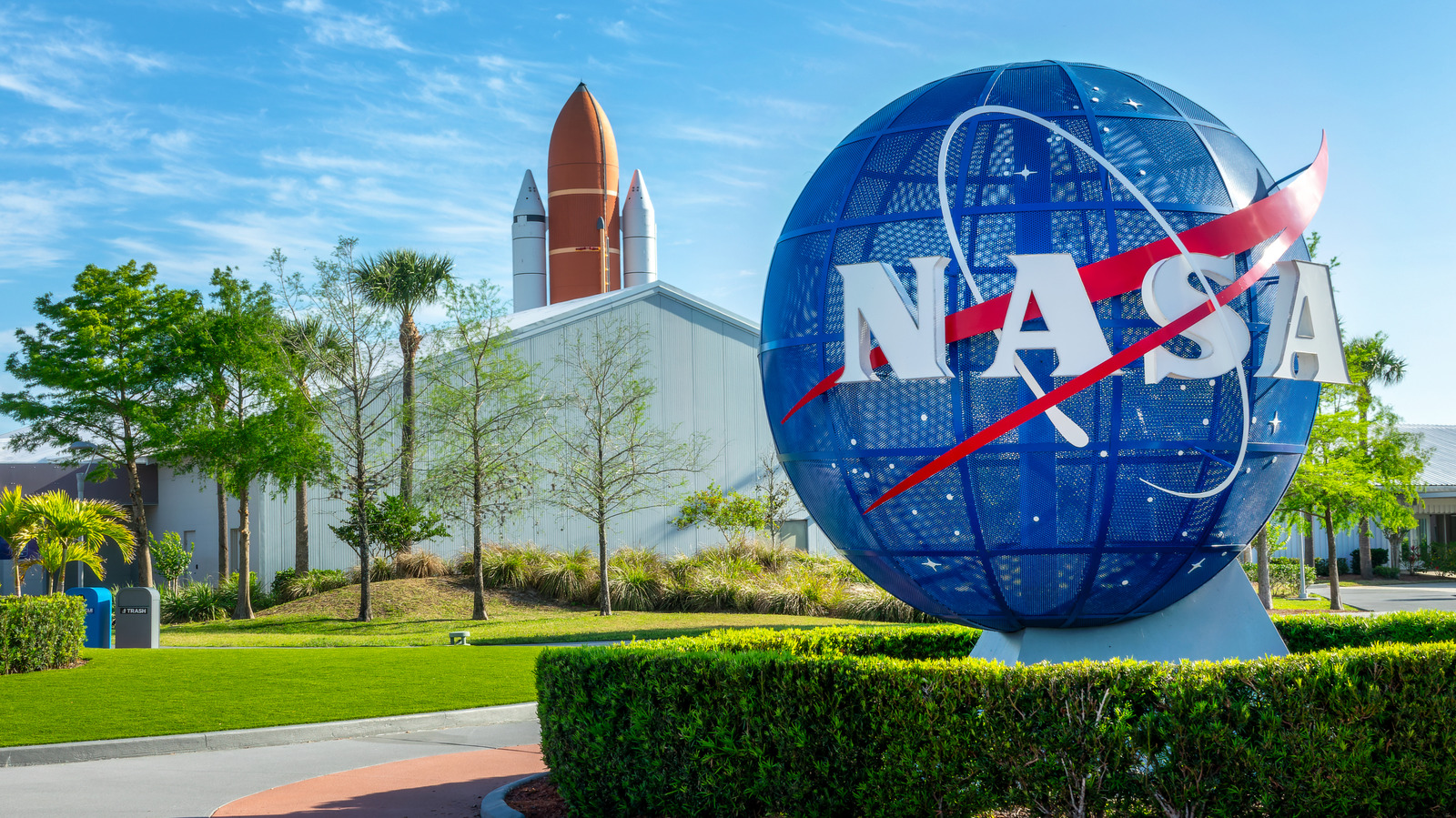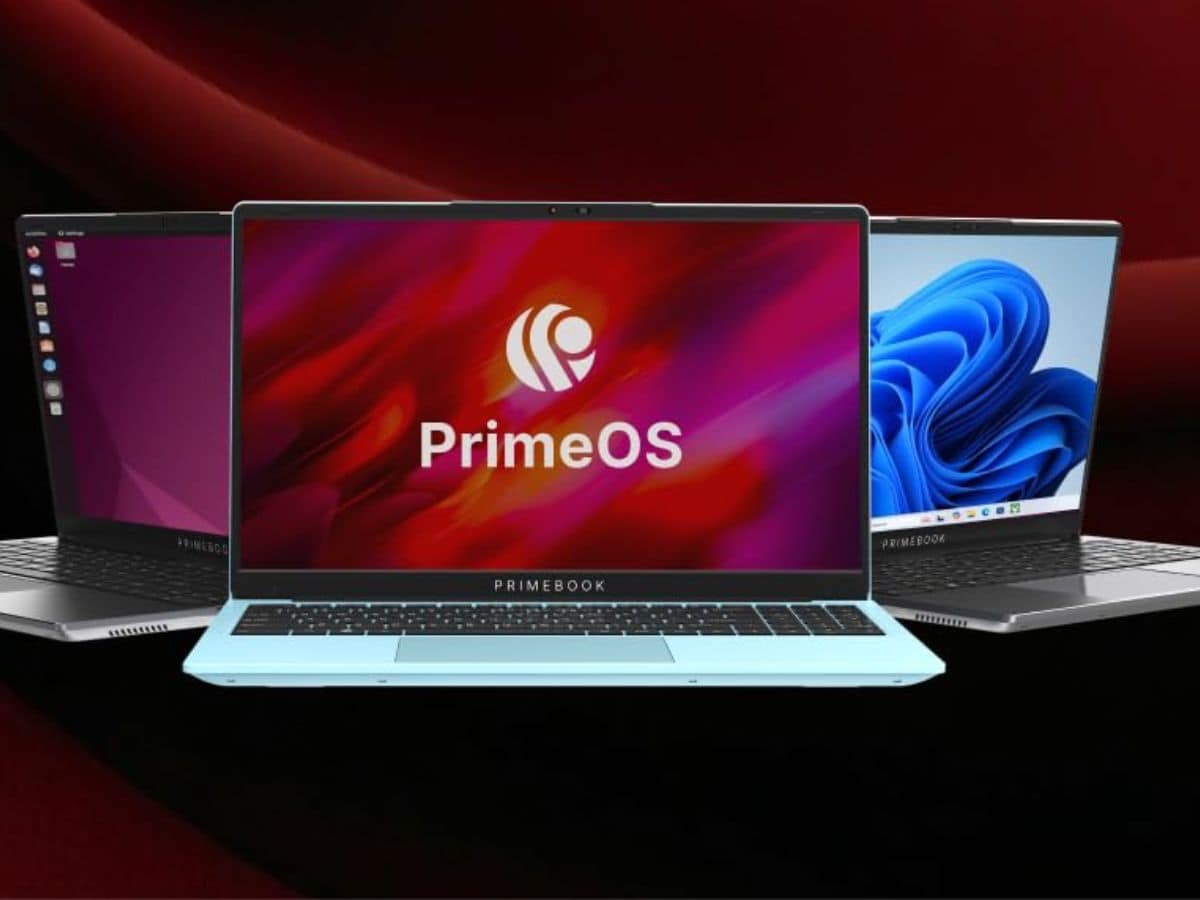In 1958, during the height of the Cold War, President Dwight D. Eisenhower signed what was known as the National Aeronautics and Space Act into law. The goal of the legislation was to create an agency dedicated to civilian space exploration and aeronautics research, and from it NASA was formed. The agency been making stunning solar system discoveries for a long time.
Its logo evokes imagery of rockets lifting toward space and astronauts spacewalking against starry backdrops. But NASA’s research and development efforts have also produced technology we use on a daily basis. The demands of space exploration have tasked NASA with finding solutions to problems that don’t necessarily exist anywhere else. Equipment must be lightweight but durable, compact but powerful, and capable of functioning reliably in extreme conditions.
Yet when solving these problems, NASA engineers create technologies with applications right here on Earth. Devices that help us keep the house clean, tools that ensure the safety of our loved ones, and even our beloved selfie cameras all have NASA’s fingerprints on them. NASA classics like freeze-dried ice cream may not currently grace your pantry shelves, but the American space program’s influence can be found in plenty of devices elsewhere around the house. Let’s explore some of the NASA inventions we use on a daily basis.
Cordless vacuums
In order to collect lunar samples from the moon’s surface, NASA realized during the Apollo missions of the 1960s and early 1970s that it would need to develop portable, battery-powered tools. NASA’s Goddard Space Flight Center partnered with Black & Decker to develop a specialized drill that could operate in zero gravity while maintaining the proper amount of power during an extended runtime. The company’s engineers created a computer program capable of optimizing the motor’s design, ensuring maximum power output with minimal drain on the drill’s power source.
The drill that was developed would go on to lay the foundation for Black & Decker’s consumer product lineup. In January of 1979 the company introduced the Dustbuster, the popular handheld vacuum that worked cordlessly to clean stairs, sofas, and hard-to-reach places. The success of the Dustbuster was due in large part to the convenience it provided while keeping the house clean, and over the years that concept has been taken to greater heights. Companies like Dyson and Shark are known for their more sophisticated, full-size cordless vacuums, and the influence of those NASA Apollo missions can even be seen in devices like the Roomba and other robot vacuum options.
Home smoke detectors
While the smoke detector dates all the way back to 1890, it’s a good example of a piece of technology NASA improved upon greatly for its own use. In the 1970s NASA partnered with Honeywell Corporation to develop an adjustable smoke detection system for Skylab, the first American space station. With astronauts unable to evacuate to safety in the event of a fire, NASA needed a device reliable enough to warn crews of smoke and toxic gases, yet sophisticated enough not to be triggered by the routine activities going on at Skylab.
The resulting NASA invention was an ionization smoke detector with adjustable sensitivity, which influenced the evolution of home detectors over the years that followed. Honeywell would go on to release a battery backup smoke detector with a self-recharging battery, which became one of the most sophisticated alarm systems available for residential use. To this day, many home smoke detectors use ionization technology similar to what NASA developed.
Smartphone cameras
When you’re exploring the unknown, bringing back pictures is imperative, like NASA’s recent close-up photos of the sun. Early space cameras were large, power-hungry devices that took up a lot of room aboard NASA spacecraft. Photographic equipment would need to be implemented into satellites as well, and by the 1990s, NASA was set on improving image sensors for a new generation of space exploration. The culmination of that research was CMOS (complementary metal-oxide semiconductor) technology developed by a NASA Jet Propulsion Laboratory team.
The key innovation within CMOS technology was the active-pixel sensor. It was capable of boosting image quality while requiring 100 times less power than the then-standard CCD sensor. While the CMOS sensor was immediately beneficial for NASA, it has become transformational for the rest of us, with far more than a billion cameras utilizing CMOS technology manufactured since. CMOS sensors can be found in everything from professional video cameras to vehicle backup cameras, and from the main camera of popular smartphones to the front-facing selfie camera that allows you to video chat with friends and family.
Scratch resistant lenses
While working on a water purification system for spacecraft at the Ames Research Center, NASA’s Dr. Ted Wydeven inadvertently discovered the foundation for scratch-resistant plastic lenses. NASA expanded on the discovery to develop an abrasion-resistant coating for astronaut helmets and the plastic surfaces of other space equipment. Meanwhile, eyeglass manufacturers were making a switch to plastic lenses, and in 1983 a company called Foster-Grant obtained a license from NASA to combine its decade of scratch-resistance research with NASA’s scratch-resistant coating technology.
The resulting lenses lasted 10 times longer than standard plastic lenses and even surpassed glass in terms of durability. Today, scratch-resistance technology can be found in everything from ski goggles to sunglasses, and if tech like Meta’s expensive smart glasses ever become popular among the masses, it’s likely we’ll see scratch-resistance incorporated into them as well. What began as a NASA invention to protect astronauts and their equipment from the harshness of space now provides us with protection on our smartphone screens, camera lenses, and other optical equipment in addition to eyewear.
Joysticks
In order for astronauts to control spacecraft and equipment while wearing bulky spacesuits, NASA engineers developed joystick technology. Apollo spacecraft used a special joystick with buttons on the hilt. Known as the “picklestick,” the joystick sent electrical signals to the Apollo Guidance Computer to give astronauts control of the spacecraft’s trajectory. The technology evolved through NASA’s programs, and the United States military uses the picklestick and a digital fly-by-wire system in many of its fighter aircraft.
But when it comes to everyday use around the house, joysticks are probably most recognized in the gaming world. They were popularized in the early 1980s on home console controllers, and today joysticks are standard in video game controllers across platforms. Dual joystick controllers allow for the control of characters as well as in-game cameras, and devices like drones utilize joysticks for control as well. The joystick has even evolved into a digital existence, with many mobile games and apps using touch-based controls designed to emulate a joystick.








